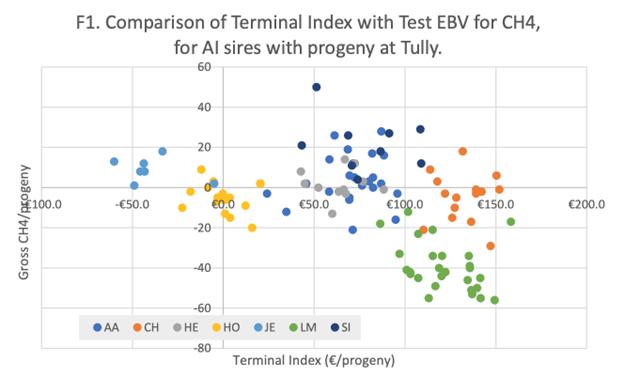
2 minute read
LIMOUSIN IN BOX SEAT TO HELP THE BEEF INDUSTRY BECOME PART OF THE CLIMATE SOLUTION
After all, genetics and breeding improvements are already a trusted and proven technology for beef producers to increase production efficiency and profitability So can genetics also deliver on improving the sustainability of livestock industries?
Limousin shine early in Ireland genetic trials on methane emissions
Advertisement
The Irish Cattle Breeding Federation (ICBF) has been working for the past four years to gain an accurate understanding of methane emissions from Irish cattle, by gathering emissions data on indoor finished cattle at its Tully bull progeny testing centre near Dublin The ICBF is a centralised, whole-of-industry-owned structure which provides national genetic indexes to guide genetic selection across Ireland’s national beef and dairy herds.
Estimated Breeding Values (EBVs) for grams per day of methane have been developed, and, in a world first, the ICBF expects to launch genomics for methane traits in Ireland’s national beef cattle genetic selection indices, to help guide the selection of cattle with lower methane emissions.
Recent trials at Tully which tested 1200 cattle, representing various breeds, involved the direct measurement of growth, dry matter intake, and methane and carbon dioxide emissions per day using Greenfeed machines. The results showed Irish cattle were producing an average of 246 grams of methane per day, with clear evidence of differences across genders, systems and breeds, including within breeds (Source: ICBF).
A chart depicting results from the trials (soon to be published) comparing Ireland's Terminal Index with the test EBV for Methane, is shown below This chart highlights that higher terminal indexed animals have lower grams per day of methane, with the Limousin breed (denoted by the green dots) in particular demonstrating high efficiency with fast growth rates and lower feed intake (Source: ICBF)
The terminal index used comprises carcass traits, some calving traits, feed intake and docility These results suggest that Limousins are extremely well placed to support the beef industry to achieve its emissions reduction target and become part of the climate solution
It should be noted that these are only preliminary trial results based on a finishing diet. Work is now underway to repeat these trials for the growing part of an animal’s life, and crucially to confirm if these results are repeatable in cattle finished on grass.
ICBF technical director and geneticist Dr Andrew Cromie said, that “The more efficient animals are making less methane.” So selecting for more efficient animals, in terms of carcass growth and cost of feed is taking us in the right direction. Dr Cromie commented that while these results look very favourable for the Limousin breed at this stage, compared to other breeds on the chart such as Angus and Hereford, it is not the full picture. “We will only get that when we also include earlier finishing age. So the goal in the future will be hitting a target carcass weight and grade, at an earlier finishing age and with a lower grams per day of methane” (Source: Beef Central)









